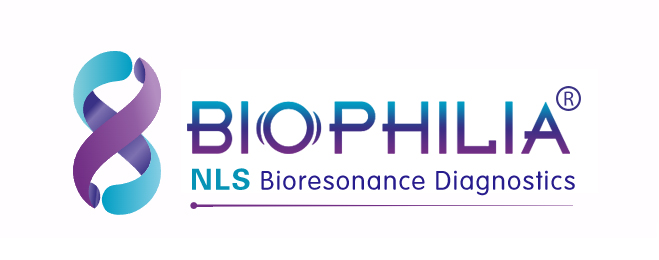NLS studies with the Metatron 4025 Hunter
- Russell
- March 03, 2025
- 394
- 0
- 0
Today, oncology is a field in which three-dimensional NLS imaging methods can also be widely applied. However, until today, the application of three-dimensional NLS studies in patients undergoing surgery for bladder tumors also included the dynamic monitoring of the organ's condition in order to detect recurrent tumors and metastases at an early stage. The introduction of three-dimensional NLS methods into clinical practice with the Metatron 4025 Hunter could completely change the view on this issue. We consider this issue to be really topical, since most surgical patients undergo a traumatic transurethral resection.
The application of three-dimensional NLS studies with spectral entropy analysis, performed during surgical incision, allowed us to detect additional tumor tumors not documented by two-dimensional NLS studies in 37% of patients. The application of three-dimensional methods allows to clarify the extent of local spread of the neoplastic process, control the depth of bladder wall resection and reduce the risk of complications during the incision.
In general, the diagnosis and morphological verification of rectal cancer do not present difficulties. However, it is not always possible to assess the degree of invasion of the organ wall by standard diagnostic methods. Conventional two-dimensional NLS studies have been widely used as a diagnostic method for recurrent rectal cancer after organ removal. However, the initial diagnosis of the disease by 2D NLS imaging is hampered for several reasons. First, it can be explained by the fact that the rectum is only partially displayed (80% of the entire organ surface area) by 2D NLS scanning.
The application of 3D NLS imaging allows accurate differentiation of all layers of the rectal wall, thus diagnosing the depth of tumor invasion and determining the stage of the disease using spectral entropy analysis. This method helps to detect lymph node changes larger than 1.5 mm in pararectal lymph node metastatic lesions. During monitoring of the conducted preoperative radiotherapy, 3D NLS imaging helps to accurately detect the reduction in tumor size, identify changes in its structure, related to medical pathological morphology, identify the reduction of tumor infiltration in pararectal tissues. Therefore, 3D NLS imaging can be considered as a preliminary diagnostic method for rectal cancer. It allows the therapist to solve the most important diagnostic problems, related to identifying the length of the tumor process, the extent of local spread of the tumor and monitoring the efficiency of the conducted preoperative treatment. In organ-sparing surgery, 3D NLS imaging can be used as an effective method for the early diagnosis of recurrent tumors in the anastomotic zone.
In conclusion, as a result of the short nature of modern three-dimensional NLS imaging methods, we would like to emphasize that this approach can effectively achieve goals such as detecting tumor changes, determining the disease stage, and performing qualitative evaluation of treatment.

-1024x683.jpg)